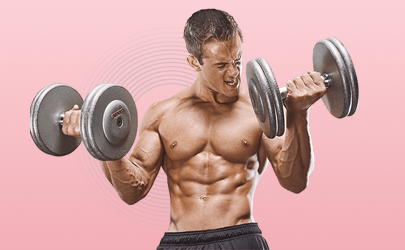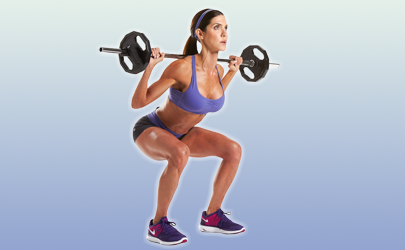
Benefits, Types & How to Use it
Whey protein is one of the most popular supplements in the fitness world, but what exactly does it do? How does it benefit your body? And how can you choose the right type for your goals?
In this blog, we’ll explore:
- What whey protein is and how it works in the body
- The different types of whey protein and their benefits
- Who should take whey protein and when
- Potential side effects and how to avoid them
- How to choose the best whey protein supplement
- Natural food sources of high-quality protein
1. What Is Whey Protein & How Does It Work?
Whey protein is a byproduct of cheese production, derived from milk. It’s a complete protein, meaning it contains all 9 essential amino acids needed for muscle growth and repair.
How It Works in the Body:
- Muscle Protein Synthesis (MPS) – Stimulates muscle growth after workouts.
- Fast Absorption – Quickly delivers amino acids to muscles (ideal post-workout).
- Boosts Recovery – Reduces muscle soreness and fatigue.
- Supports Immunity – Contains immunoglobulins and lactoferrin.
2. Types of Whey Protein & Their Benefits
- 70-80% protein (some fat & lactose).
- Best for general fitness & cost-effectiveness.
✔ Whey Protein Concentrate (WPC)
- 90%+ protein (low fat & lactose).
- Ideal for fat loss & lactose-sensitive individuals.
✔ Whey Protein Isolate (WPI)
- Pre-digested for faster absorption.
- Used in medical protein supplements & elite athletes.
✔ Whey Protein Hydrolysate (WPH)
- Slow-digesting (best before bed for overnight recovery).
✔ Casein Protein (Bonus Comparison)
3. Who Should Take Whey Protein & When?
✅ Best For:
- Gym-goers & athletes (muscle gain & recovery).
- Busy professionals (quick, high-protein meal replacement).
- Older adults (prevents age-related muscle loss).
- Vegetarians (supplements plant-based diets).
⏰ Optimal Timing:
- Post-Workout (Within 30 mins) – Maximizes muscle repair.
- Morning or Between Meals – Curbs cravings & boosts protein intake.
4. Potential Side Effects & How to Avoid Them
⚠️ Possible Issues:
- Bloating/Gas (if lactose intolerant – switch to isolate).
- Kidney Strain (only if overconsumed with pre-existing conditions).
- Allergies (rare, but possible for those allergic to dairy).
✅ Solutions:
- Start with small doses (20g) to test tolerance.
- Drink plenty of water to aid digestion.
- Choose lactose-free options if sensitive.
5. How to Choose the Best Whey Protein Supplement
✔ Check the Protein Content (Per Serving)
- Aim for 20-30g protein per scoop.
✔ Look for Minimal Additives
- Avoid excessive sugars, fillers, or artificial sweeteners.
✔ Third-Party Testing
- Certified by NSF, Informed Choice, or Labdoor for purity.
✔ Flavor & Mixability
- Read reviews to find a smooth, tasty option that blends well.
6. Natural Food Sources of High-Quality Protein
If you prefer whole foods, try:
- Eggs (6g protein per egg).
- Greek Yogurt (10g per 100g).
- Lentils & Quinoa (Great plant-based options).
Disclosure: As an Amazon Associate, We earn from qualifying purchases. Product prices and availability are accurate as of the date/time indicated and are subject to change.
Hyaluronic Acid
Niacinamide
LEAVE A REPLY
Your email address will not be published. Required fields are marked *
Fast Delivery
Across West & East India
safe payment
100% Secure Payment
Online Discount
Add Multi-buy Discount
Help Center
Dedicated 24/7 Support
Curated items
From Handpicked Sellers





LEAVE A COMMENTs
Grainne Thomas
"Switched to whey isolate and finally no more bloating! Why didn’t I do this sooner? 😅"
Dominic Martin
"How much protein do I really need? 1 scoop or 2? So confused!"
Jenny Gallaghar
"Anyone know a good plant-based alternative that compares to whey’s amino profile?"